Home>Gardening & Outdoor>Landscaping Ideas>How Big Is A Piece Of Sod Grass
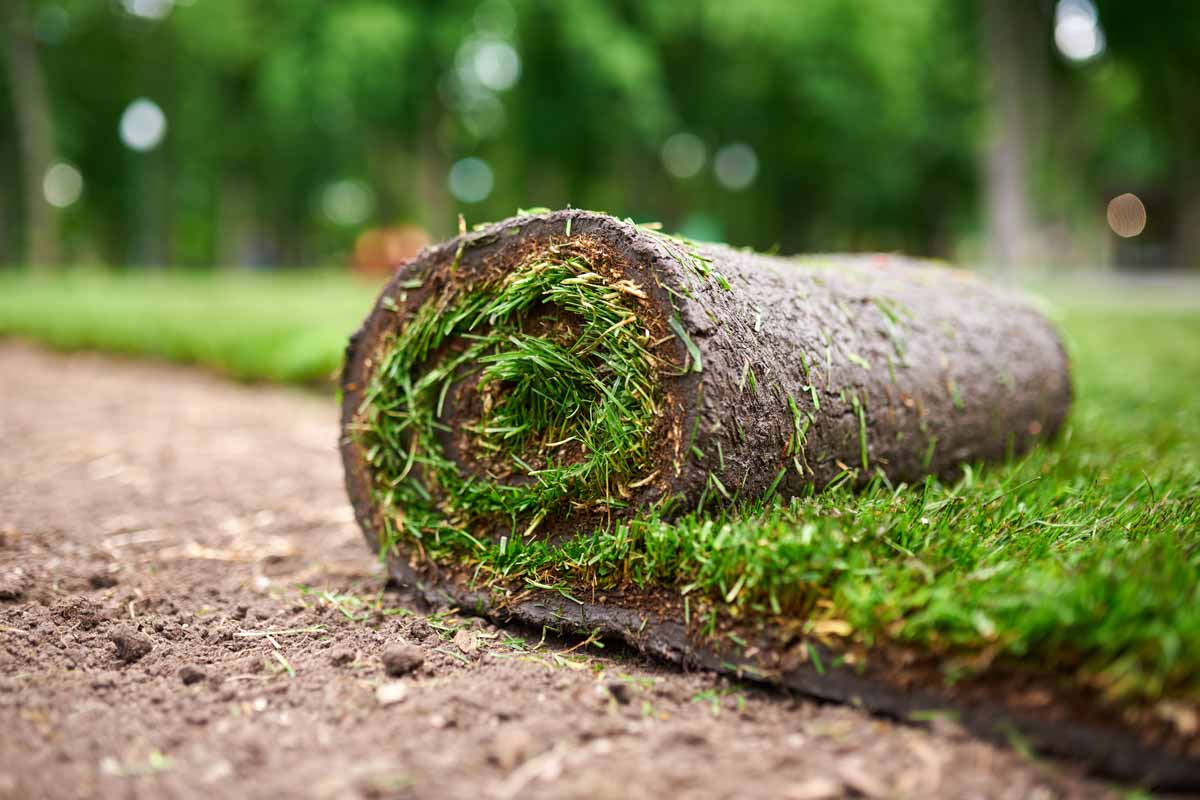

Landscaping Ideas
How Big Is A Piece Of Sod Grass
Modified: February 18, 2024
Discover the ideal size of sod grass for your landscaping project. Get expert tips and ideas for your next outdoor project. Explore more landscaping ideas now!
(Many of the links in this article redirect to a specific reviewed product. Your purchase of these products through affiliate links helps to generate commission for Storables.com, at no extra cost. Learn more)
Introduction
Sod grass, also known as turf grass, is a popular choice for creating lush, green lawns and landscapes. It offers an instant solution for establishing a beautiful and functional lawn, making it a preferred option for homeowners, landscapers, and property developers. Understanding the size and dimensions of a piece of sod grass is essential for anyone considering its use in landscaping projects.
Sod grass is a natural, living material that is cultivated and harvested in specialized farms. It is typically sold in rolls or slabs, with each piece containing a dense layer of grass and roots intricately woven into a thin layer of soil. The dimensions of a piece of sod grass can vary depending on several factors, including the specific type of grass, the cultivation methods used, and the preferences of the supplier or customer.
In this article, we will explore the size of a piece of sod grass, the factors that influence its dimensions, and the benefits of using sod grass in landscaping projects. Whether you are a homeowner looking to transform your yard or a landscaping professional seeking insights into the world of sod grass, this article will provide valuable information to guide your decision-making process. Let's delve into the fascinating world of sod grass and uncover the secrets behind its size and versatility.
Key Takeaways:
- Sod grass pieces are typically 16 inches wide and 24 inches long, covering 2 square feet. They offer instant, visually appealing lawns and prevent soil erosion, making them a convenient choice for landscaping projects.
- Factors like grass species, cultivation methods, and customer preferences influence the size of sod grass pieces. Sod grass provides instant transformation, erosion control, and year-round planting, making it a versatile and resilient landscaping material.
Read more: How To Cut Sod Grass
What is sod grass?
Sod grass, also referred to as turf grass, is a type of grass that has been cultivated and grown as a continuous, uniform layer of mature grass plants and the soil beneath them. It is harvested in sections from specialized farms and is commonly used for quickly establishing a new lawn or repairing existing ones. Sod grass provides an instant, visually appealing solution for creating lush green spaces, making it a popular choice for landscaping projects.
The process of cultivating sod grass involves nurturing and growing grass seeds in a carefully controlled environment until they reach a mature and robust stage. Once the grass has reached the desired level of maturity, it is carefully harvested in sections, ensuring that the roots and soil are held together in a cohesive layer. This method of cultivation allows the sod to be easily transported and installed, providing an immediate transformation to the landscape.
Sod grass offers several advantages over traditional seeding methods. Unlike seeding, which requires time for the grass to germinate and grow, sod grass provides an instant lawn, allowing for immediate use and enjoyment. Additionally, sod grass helps prevent soil erosion, as the mature root system quickly establishes itself in the soil, providing stability and preventing the loss of topsoil.
Furthermore, sod grass is available in a variety of grass species, allowing for customization based on specific climate conditions, soil types, and aesthetic preferences. Whether it's the resilient and drought-tolerant characteristics of Bermuda grass or the lush, fine texture of Kentucky bluegrass, there are numerous options to suit different landscaping needs.
In summary, sod grass is a convenient and efficient way to establish a vibrant, healthy lawn. Its pre-grown nature, immediate impact, and versatility make it an attractive choice for homeowners, landscapers, and property developers looking to create stunning outdoor spaces with minimal waiting time.
The size of a piece of sod grass
The size of a piece of sod grass can vary depending on several factors, including the specific type of grass, the cultivation methods used, and the preferences of the supplier or customer. Typically, a standard piece of sod grass measures about 16 inches wide and 24 inches long, covering a total area of 2 square feet. However, variations in size may occur based on regional standards and the specific needs of the landscaping project.
The thickness of a piece of sod grass is another important aspect to consider. Sod is usually cut to a thickness of about 1 to 2 inches, ensuring that it contains a healthy layer of soil and a well-established root system. This thickness allows the sod to be easily handled during installation while providing the necessary support for the grass to thrive in its new environment.
It's important to note that the dimensions of sod grass pieces are designed to strike a balance between ease of handling and the ability to establish a healthy lawn. Larger pieces of sod may be challenging to transport and install, while smaller pieces may require more time and effort to lay down and connect seamlessly. Therefore, the standard size of sod grass pieces aims to optimize both practicality and effectiveness in creating vibrant, uniform lawns.
In addition to the standard dimensions, sod grass can also be custom-cut to fit specific landscaping requirements. For irregularly shaped areas or intricate landscape designs, sod suppliers may offer tailored cutting services to ensure a precise fit. This flexibility in sizing allows for seamless integration of sod grass in diverse outdoor spaces, from expansive residential lawns to commercial landscapes and public parks.
Understanding the size of a piece of sod grass is crucial for planning and executing landscaping projects with precision and efficiency. Whether it's covering a small patch of bare soil or transforming an entire yard, the dimensions of sod grass play a significant role in achieving a seamless and visually appealing result. By considering the size and thickness of sod grass pieces, landscapers and homeowners can make informed decisions that contribute to the successful establishment of vibrant, healthy lawns.
In summary, the size of a piece of sod grass is a key factor in determining its suitability for various landscaping applications. By adhering to industry standards and accommodating specific project needs, sod grass pieces contribute to the creation of lush, resilient lawns that enhance outdoor spaces and elevate the overall aesthetic appeal of properties.
A piece of sod grass is typically 16 inches long, 24 inches wide, and 1.5 inches thick. Keep this in mind when planning and purchasing sod for your lawn.
Factors affecting the size of sod grass
The size of sod grass pieces is influenced by several factors that encompass the cultivation, harvesting, and distribution processes. Understanding these factors is essential for both suppliers and consumers, as it directly impacts the successful establishment of vibrant, healthy lawns. Let's delve into the key factors that affect the size of sod grass:
-
Grass Species: Different grass species exhibit varying growth patterns and characteristics, leading to differences in the size of sod grass pieces. For example, certain species may naturally form denser root systems, resulting in thicker sod pieces. Additionally, the growth habits and overall dimensions of the grass influence the standard dimensions of sod pieces offered by suppliers.
-
Cultivation Methods: The methods used to cultivate sod grass play a significant role in determining its size. Factors such as the duration of growth, maintenance practices, and soil conditions during cultivation can impact the thickness and overall dimensions of the sod. Careful cultivation techniques are employed to ensure that the sod grass develops into a robust and cohesive layer suitable for transplantation.
-
Regional Standards: Geographic regions may have specific standards or preferences regarding the size of sod grass pieces. These standards are often influenced by local climate conditions, soil types, and the prevalent grass species. Suppliers may adhere to regional sizing norms to cater to the preferences and requirements of landscaping professionals and homeowners in a particular area.
-
Customer Preferences: In some cases, customers may have specific preferences regarding the size of sod grass pieces based on their landscaping needs. For instance, larger properties or commercial projects may require sod pieces of a certain size to facilitate efficient installation and seamless coverage. Suppliers may offer customization options to accommodate such preferences, ensuring a tailored approach to sod grass sizing.
-
Handling and Installation Considerations: Practical considerations related to the handling and installation of sod grass also influence its size. While larger pieces may cover more area in a single placement, they can be challenging to transport and maneuver during installation. Smaller pieces, on the other hand, may offer greater flexibility in shaping and fitting, especially in intricate landscape designs.
By considering these factors, suppliers and consumers can make informed decisions regarding the selection and utilization of sod grass, ultimately contributing to the successful implementation of landscaping projects. The interplay of these factors underscores the dynamic nature of sod grass sizing, reflecting the diverse needs and considerations within the landscaping industry.
In summary, the size of sod grass pieces is shaped by a combination of biological, environmental, and practical factors, highlighting the intricate balance between natural growth processes and human interventions in the cultivation and distribution of this versatile landscaping material.
Benefits of using sod grass
Sod grass offers a myriad of benefits that make it a preferred choice for establishing vibrant, healthy lawns and landscapes. From its immediate impact to its long-term advantages, sod grass provides a host of benefits for homeowners, landscapers, and property developers. Let's explore the compelling reasons why sod grass stands out as a valuable landscaping solution.
-
Instant Transformation: One of the most significant benefits of using sod grass is its ability to instantly transform outdoor spaces. Unlike traditional seeding methods that require waiting for grass to germinate and grow, sod grass provides an immediate, visually appealing lawn. This instant transformation is particularly advantageous for homeowners who seek to enhance the aesthetic appeal of their properties without enduring a prolonged waiting period.
-
Erosion Control and Soil Stability: Sod grass plays a crucial role in preventing soil erosion and promoting soil stability. The mature root system of sod grass quickly establishes itself in the soil, creating a strong foundation that helps prevent the loss of topsoil due to wind or water erosion. This benefit is especially valuable for landscaping projects in areas prone to erosion, contributing to the preservation of the landscape's integrity.
-
Weed Suppression and Weed-Free Establishment: When properly installed, sod grass forms a dense, uniform layer that effectively suppresses weed growth. This natural weed suppression capability reduces the need for extensive weed control measures, allowing the lawn to establish itself in a relatively weed-free environment. As a result, homeowners and landscapers can enjoy a lush, healthy lawn without the persistent challenge of combating invasive weeds.
-
Soil Health and Nutrient Retention: Sod grass contributes to soil health by promoting nutrient retention and enhancing the overall fertility of the soil. The dense root system of sod grass helps to anchor the soil, preventing nutrient runoff and promoting the efficient uptake of essential nutrients by the grass. This benefit not only supports the health and vitality of the sod grass itself but also contributes to the overall well-being of the surrounding landscape.
-
Versatility and Customization: Sod grass offers a high degree of versatility and customization, allowing for tailored solutions to meet specific landscaping needs. With a variety of grass species available, homeowners and landscapers can select sod grass that is well-suited to their local climate, soil conditions, and aesthetic preferences. This versatility enables the creation of diverse landscapes, from resilient, drought-tolerant lawns to lush, fine-textured grassy areas.
-
Year-Round Planting: Sod grass can be installed throughout the year, providing flexibility in landscaping schedules and allowing for the establishment of vibrant lawns at any time. This year-round planting capability ensures that landscaping projects can proceed without being constrained by seasonal limitations, offering convenience and adaptability to homeowners and landscaping professionals.
In summary, the benefits of using sod grass extend beyond its immediate impact, encompassing long-term advantages such as erosion control, weed suppression, soil health, and customization options. Its versatility, resilience, and ability to create lush, healthy lawns make sod grass an invaluable asset in the realm of landscaping, enriching outdoor spaces and elevating the overall appeal of residential and commercial properties.
Read more: When To Install Sod Grass
Conclusion
In conclusion, the size of a piece of sod grass plays a pivotal role in shaping the landscape industry, offering a convenient and efficient solution for establishing vibrant, healthy lawns. The standard dimensions of sod grass pieces, typically measuring about 16 inches wide and 24 inches long, cover an area of 2 square feet, providing a balance between practicality and effectiveness. The thickness of sod grass, ranging from 1 to 2 inches, ensures the presence of a healthy layer of soil and a well-established root system, contributing to successful transplantation and growth.
Factors such as grass species, cultivation methods, regional standards, customer preferences, and practical considerations influence the size of sod grass pieces, reflecting the dynamic interplay between natural growth processes and human interventions. Understanding these factors is crucial for suppliers and consumers, guiding informed decisions that contribute to the successful implementation of landscaping projects.
The benefits of using sod grass further underscore its value in the landscaping realm, offering an instant transformation, erosion control, weed suppression, soil health, versatility, and year-round planting capabilities. These benefits position sod grass as a versatile and resilient landscaping material, enriching outdoor spaces and elevating the overall appeal of residential and commercial properties.
As the demand for lush, green lawns continues to drive landscaping trends, the size and dimensions of sod grass will remain a focal point for suppliers, landscapers, and homeowners. By embracing the standard dimensions while accommodating customization needs, the landscaping industry can harness the full potential of sod grass, creating stunning outdoor spaces that inspire and delight.
In essence, the size of sod grass pieces encapsulates the intricate balance between natural growth processes, industry standards, and human preferences, culminating in the creation of vibrant, healthy lawns that enhance the beauty and functionality of outdoor environments. Whether it's a small residential lawn or a sprawling commercial landscape, sod grass stands as a testament to the seamless fusion of nature and human ingenuity in the pursuit of creating enduring natural beauty.
Frequently Asked Questions about How Big Is A Piece Of Sod Grass
Was this page helpful?
At Storables.com, we guarantee accurate and reliable information. Our content, validated by Expert Board Contributors, is crafted following stringent Editorial Policies. We're committed to providing you with well-researched, expert-backed insights for all your informational needs.
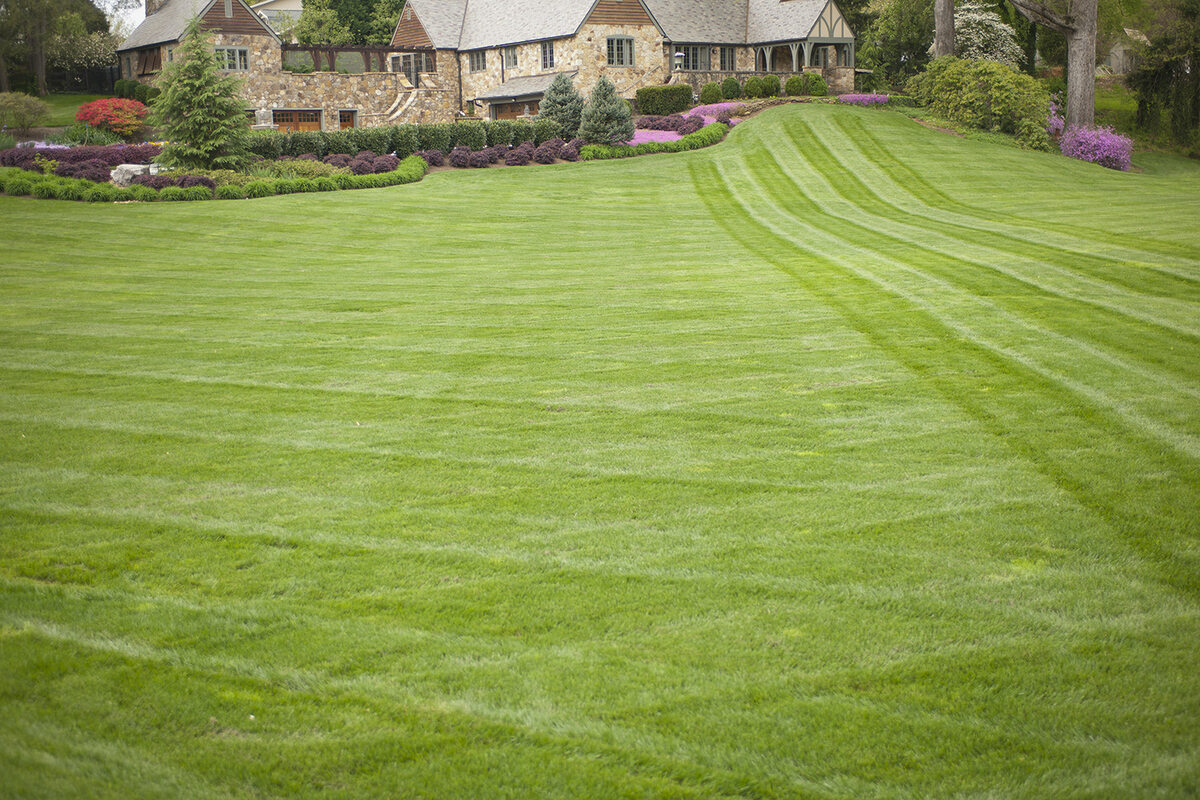
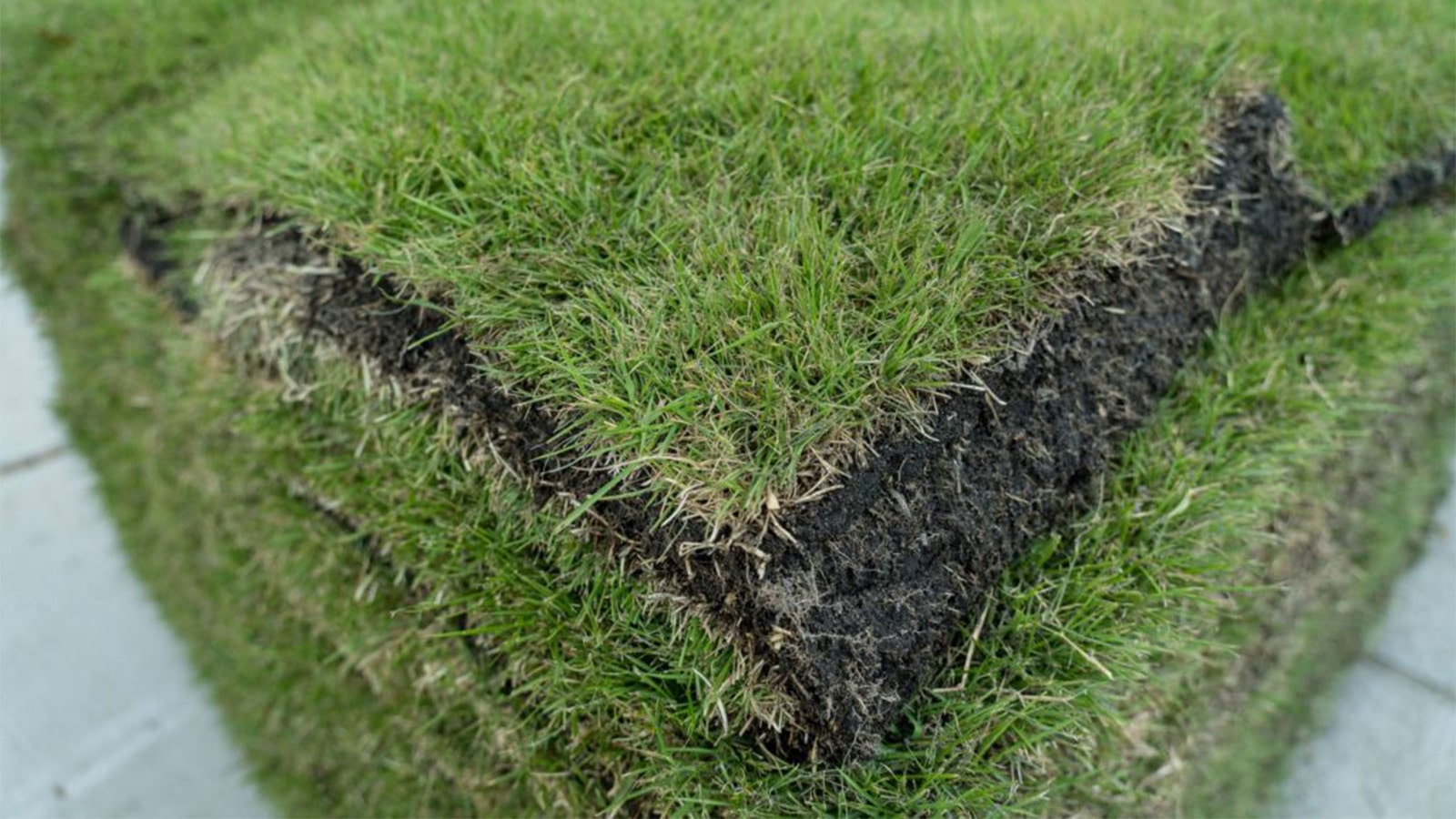
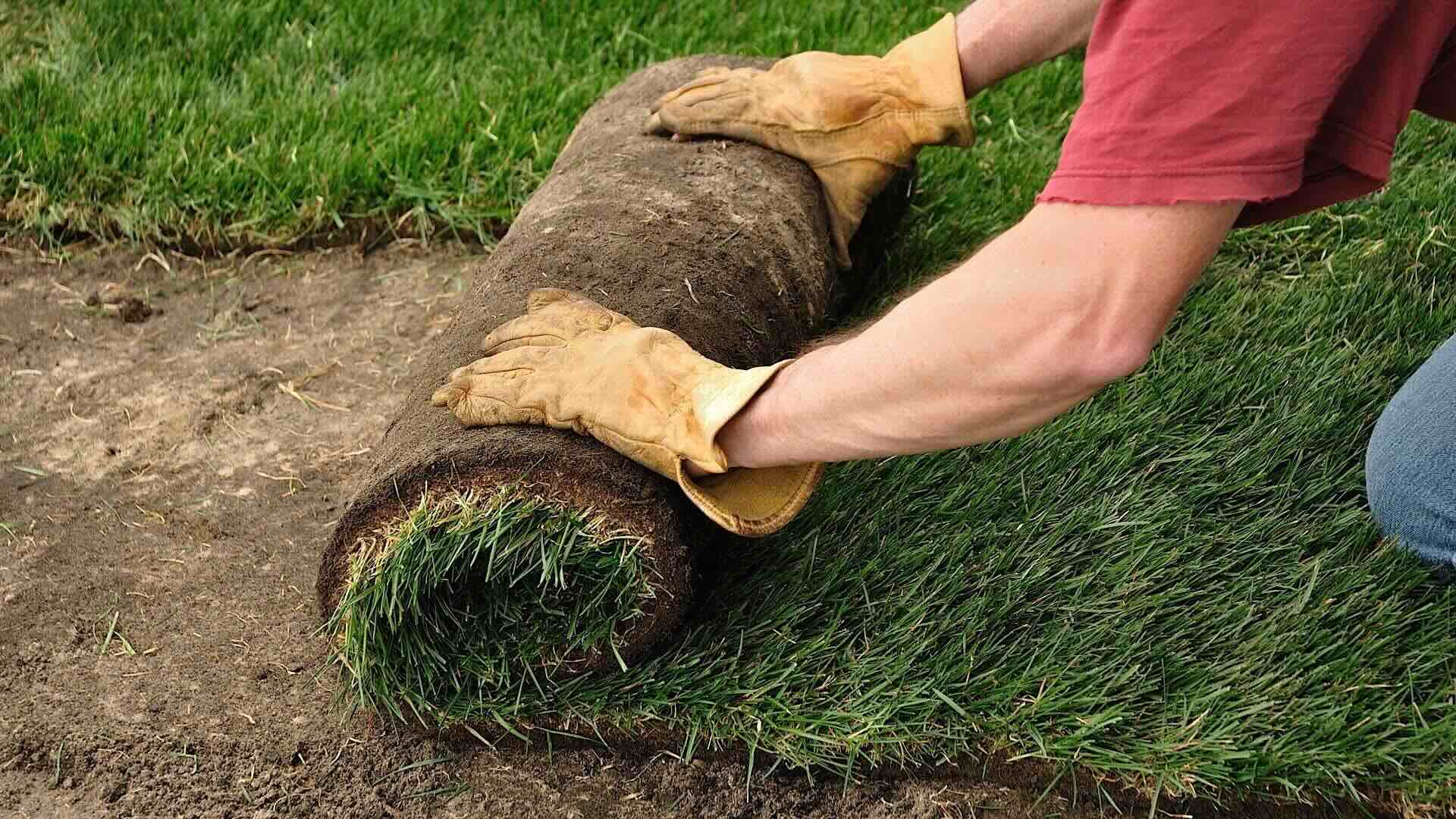
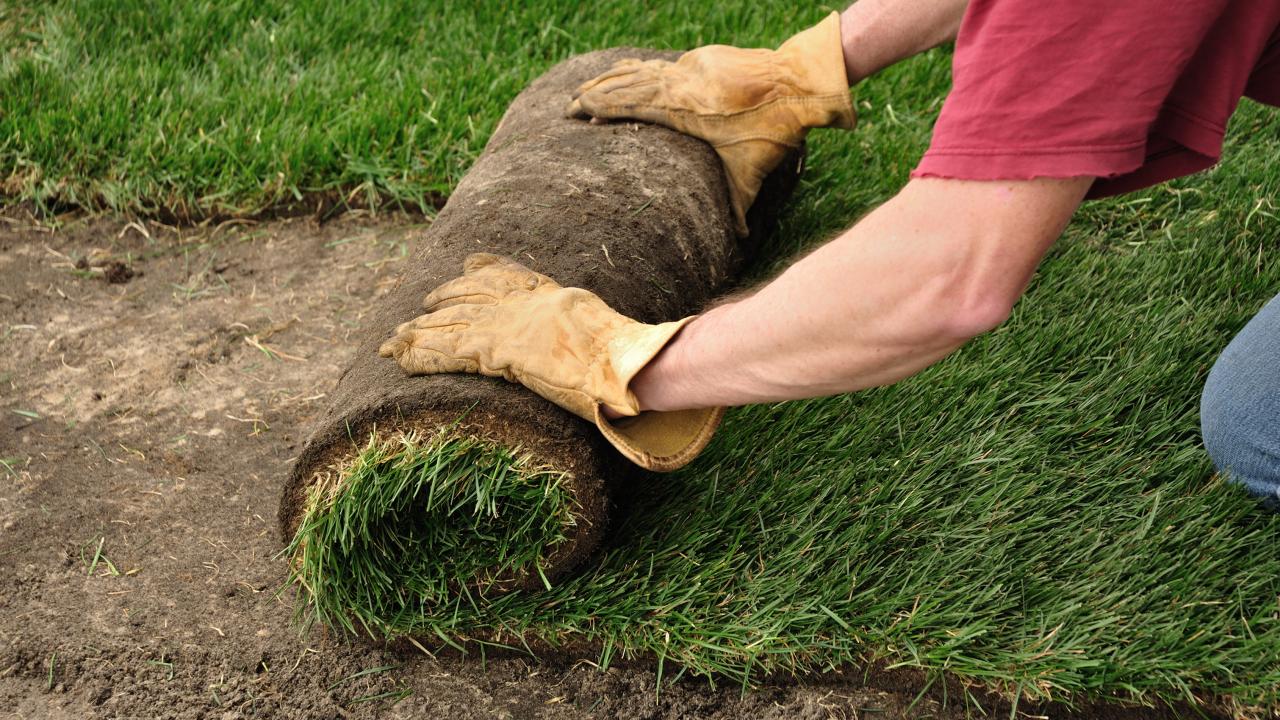
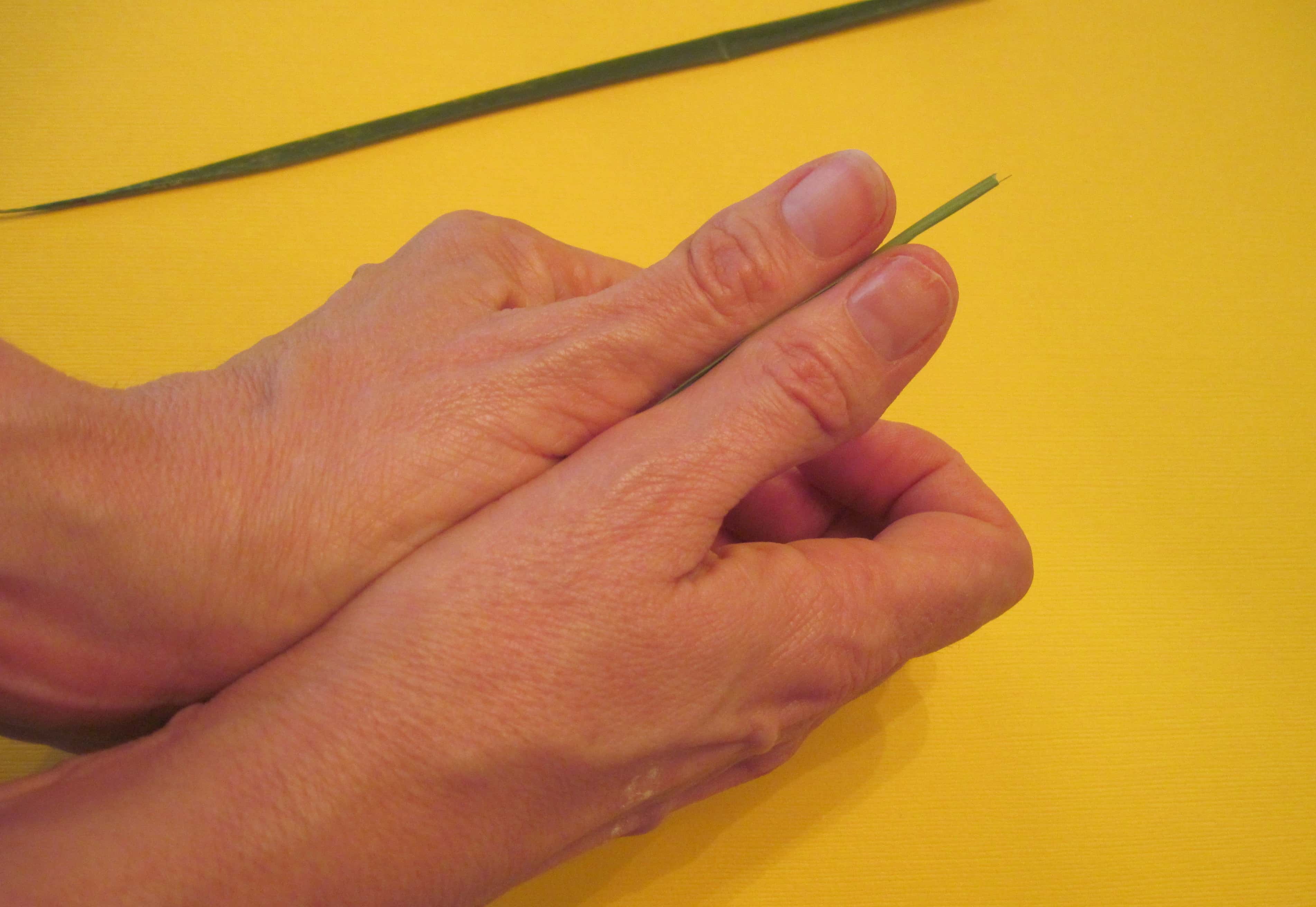
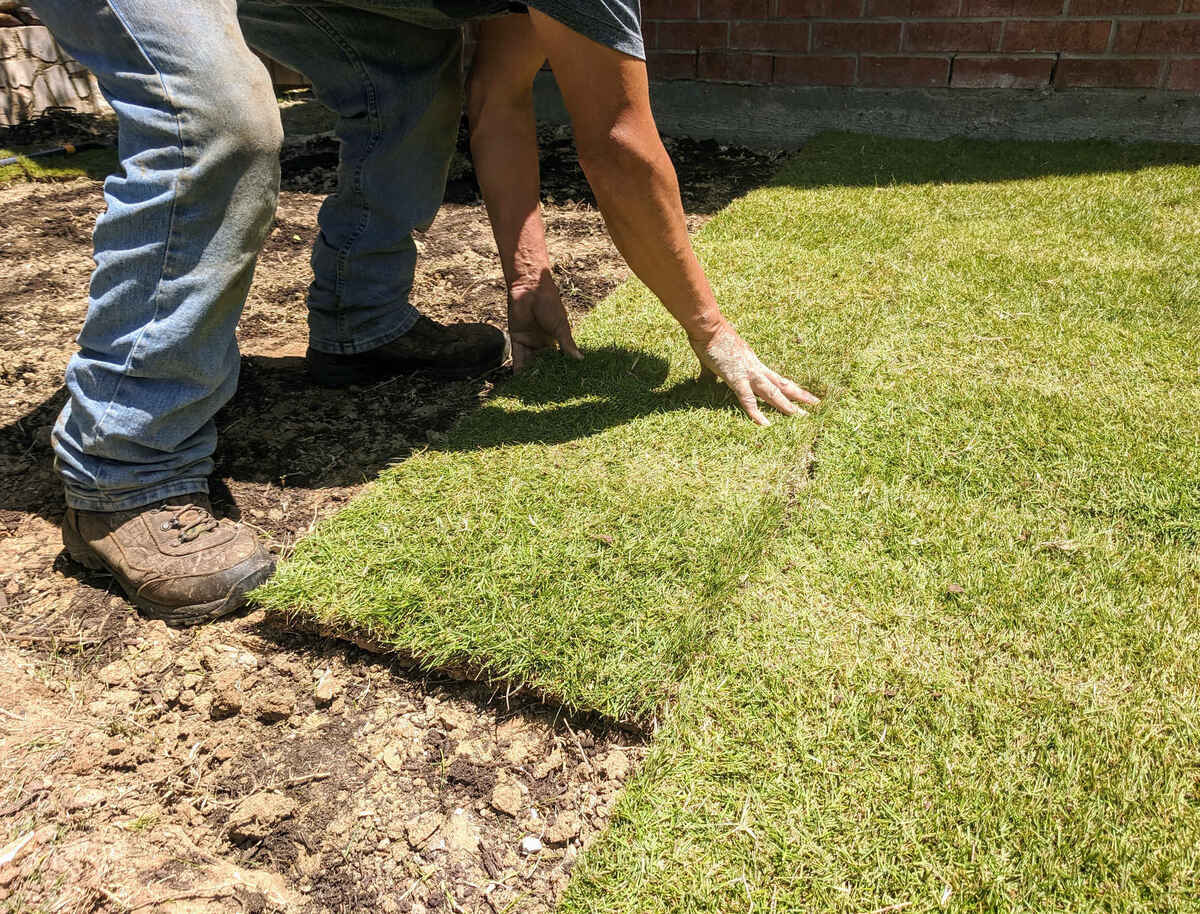
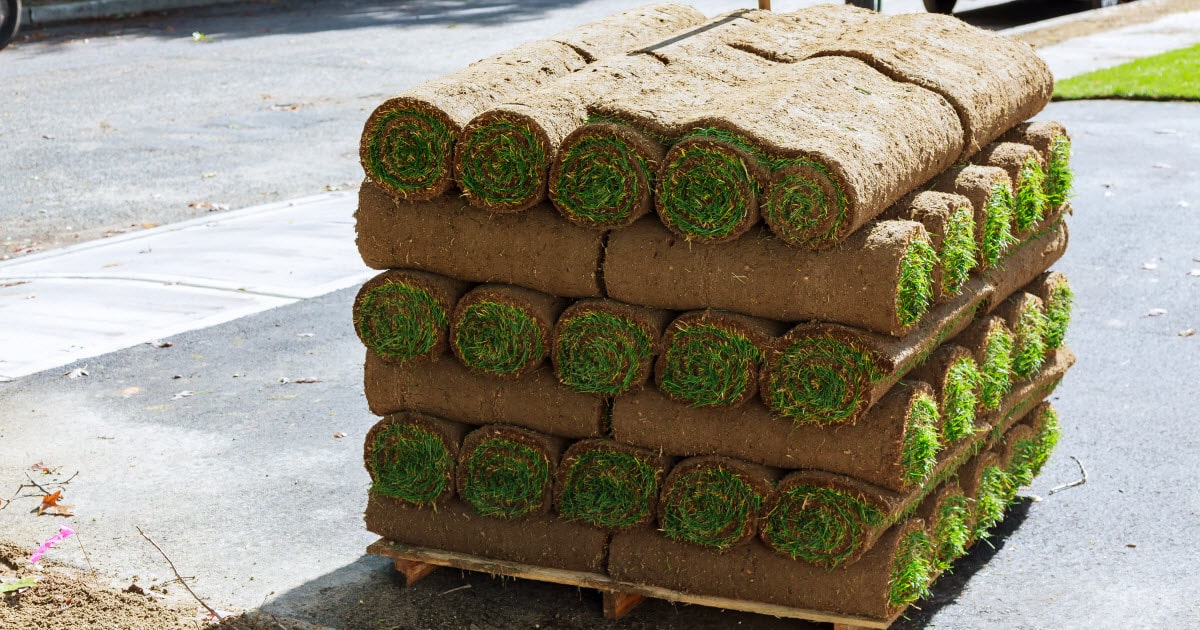
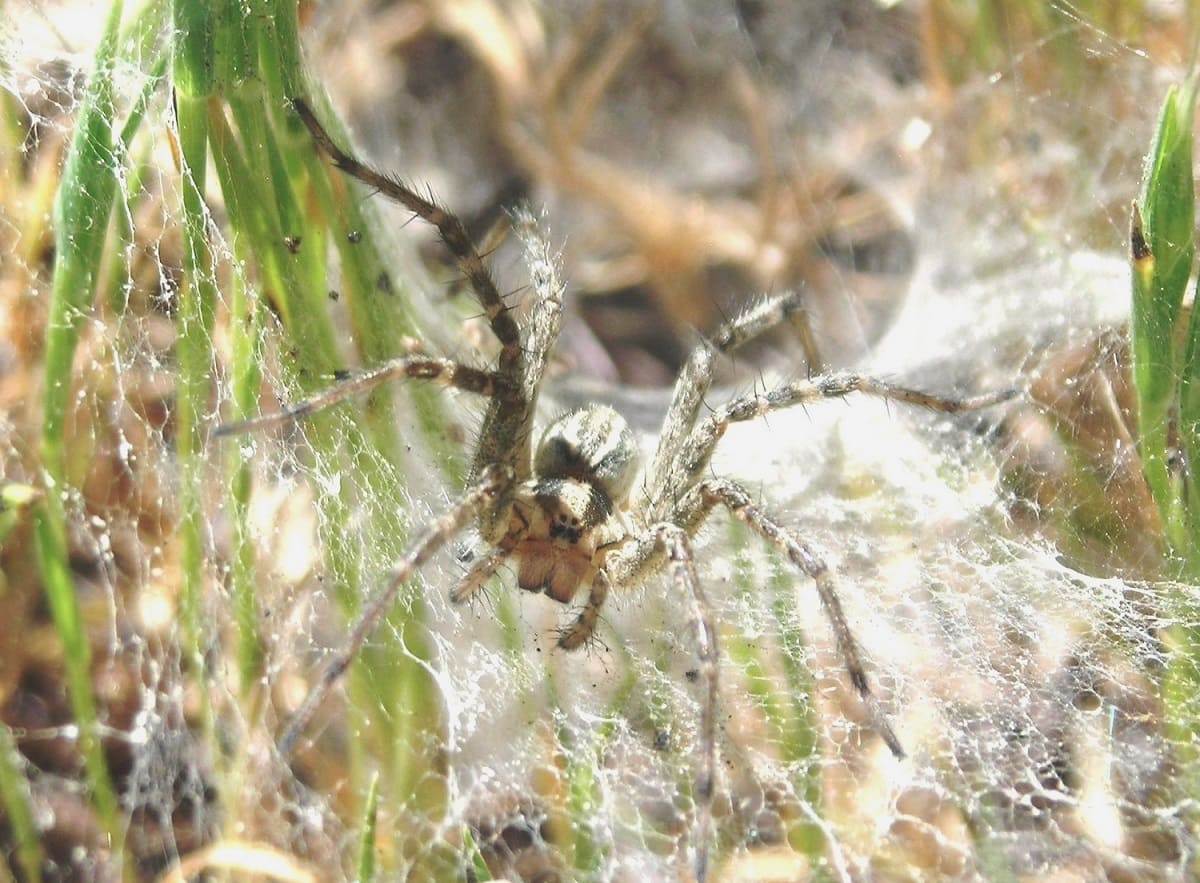
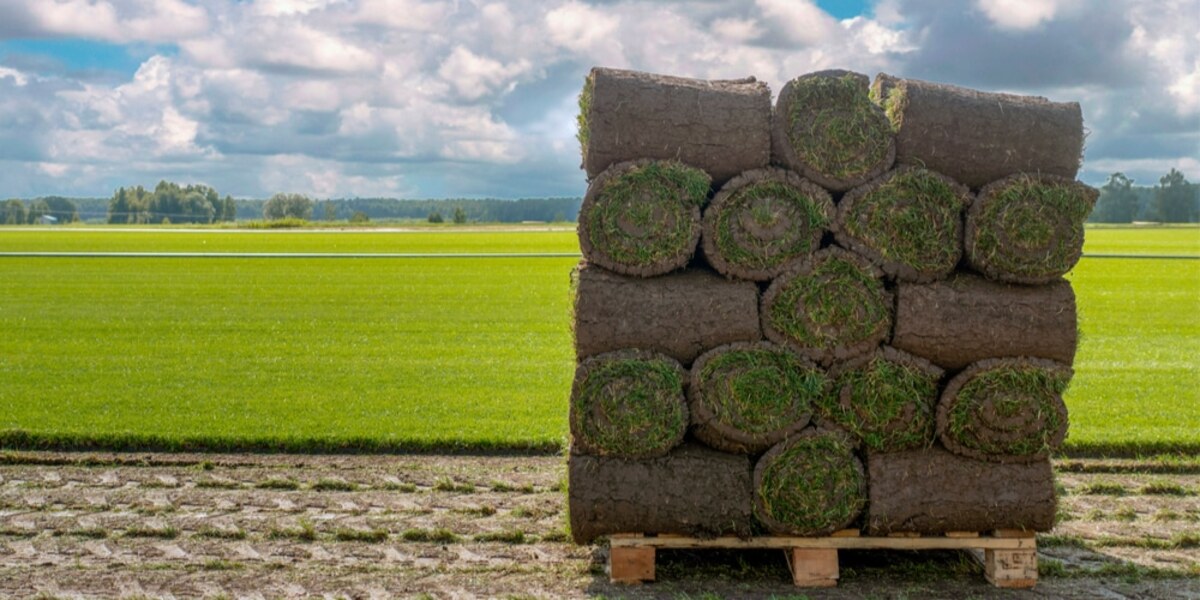
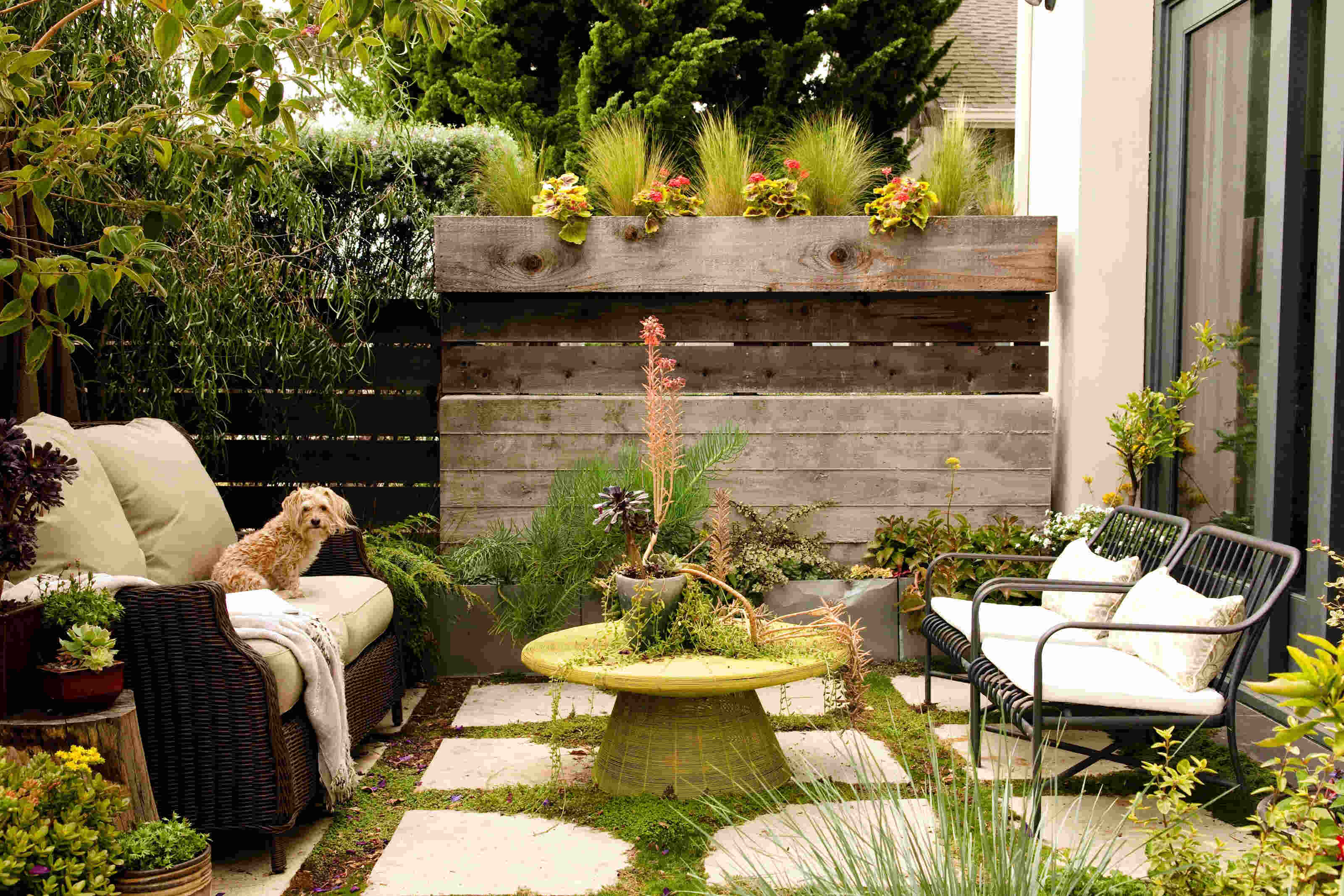
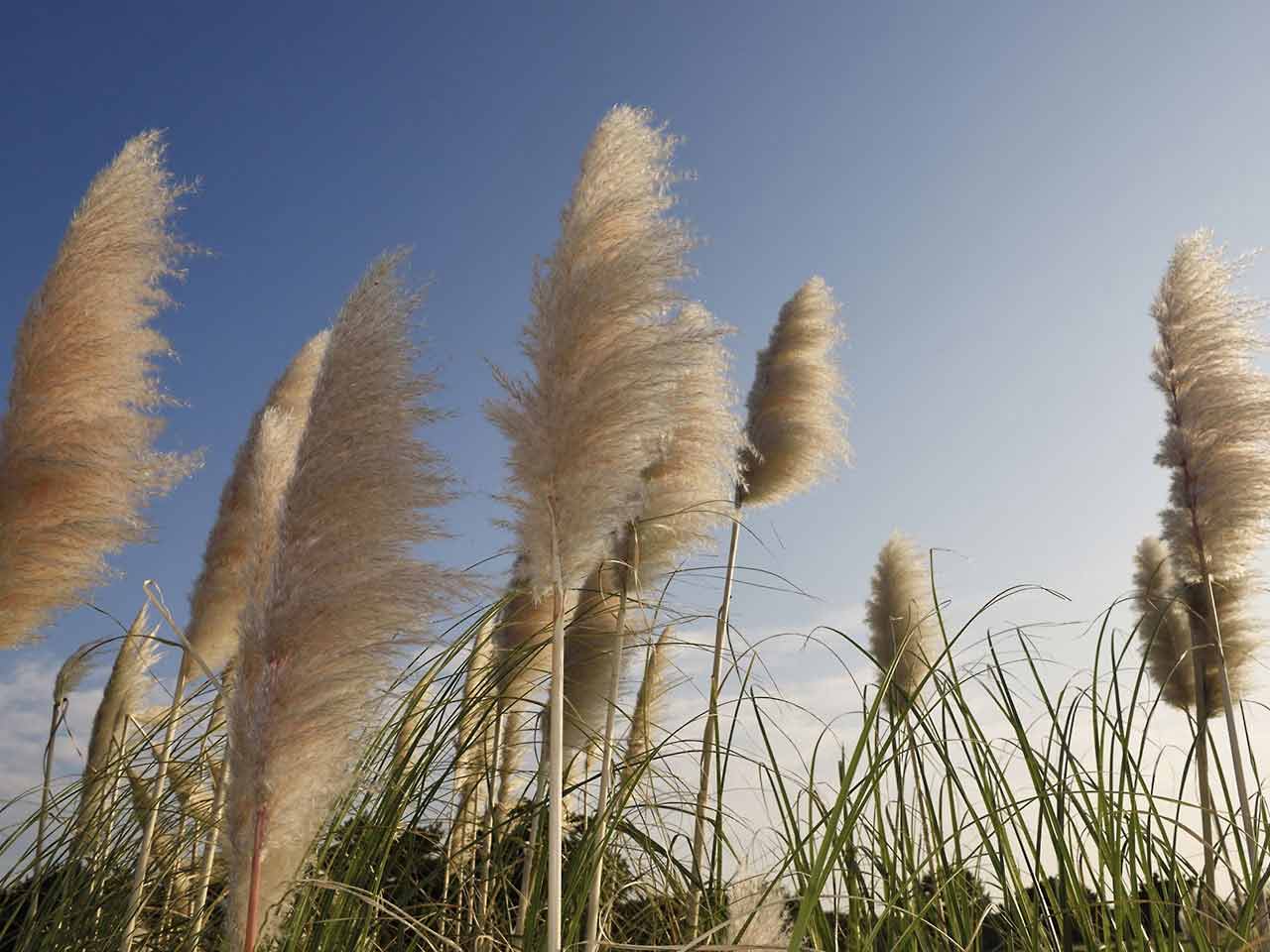
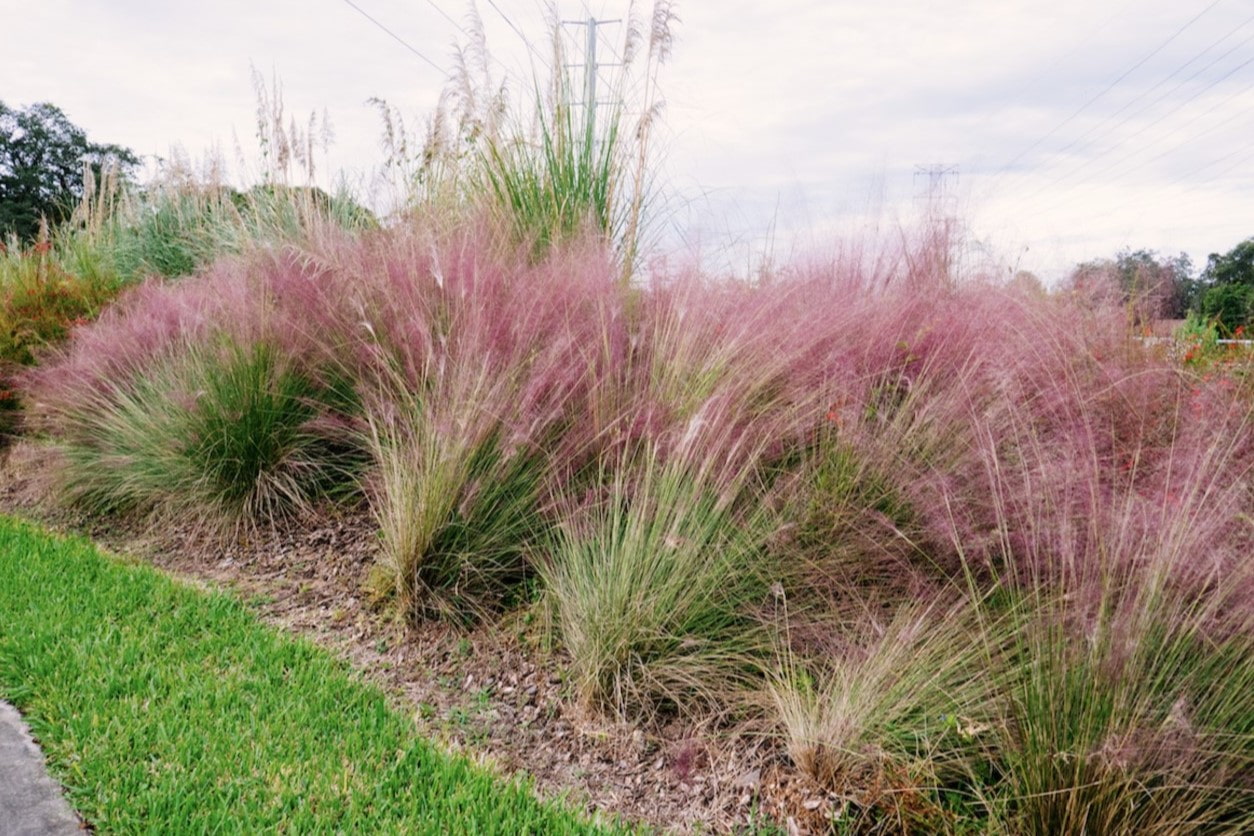

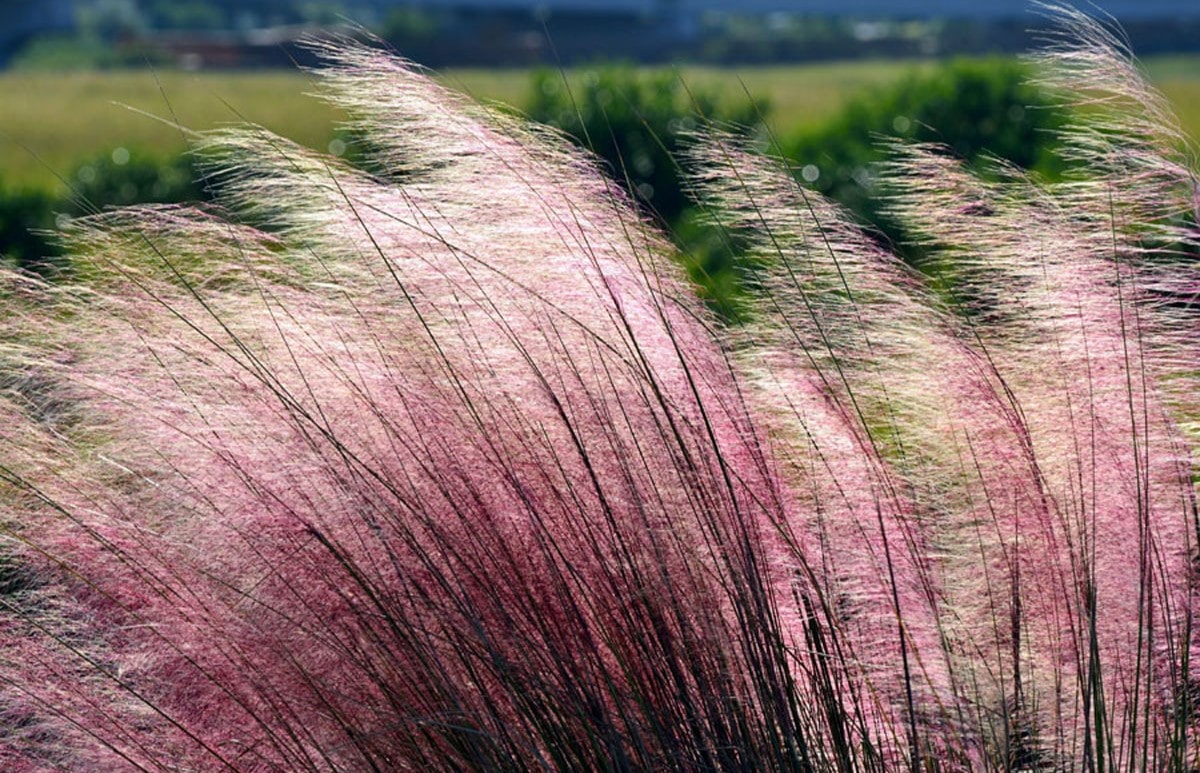

0 thoughts on “How Big Is A Piece Of Sod Grass”